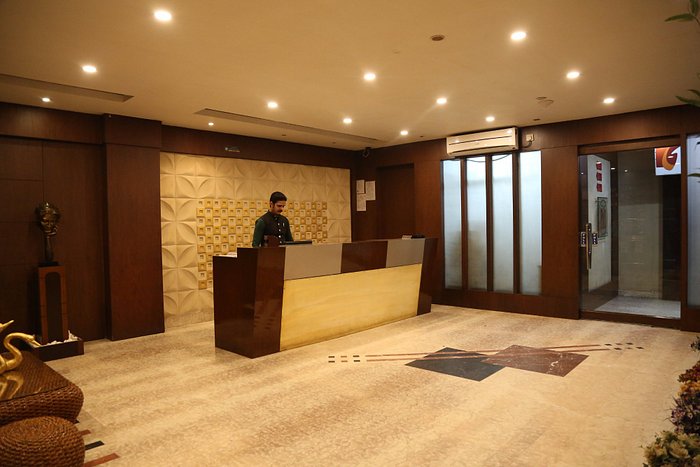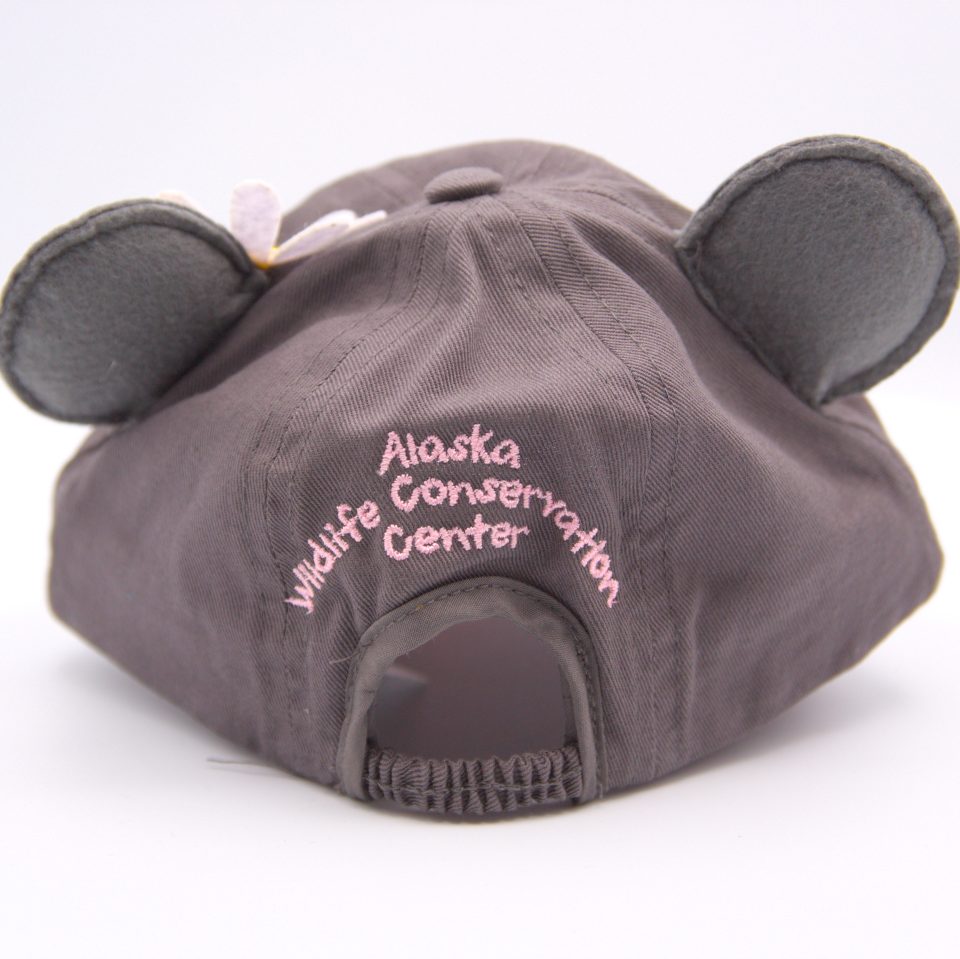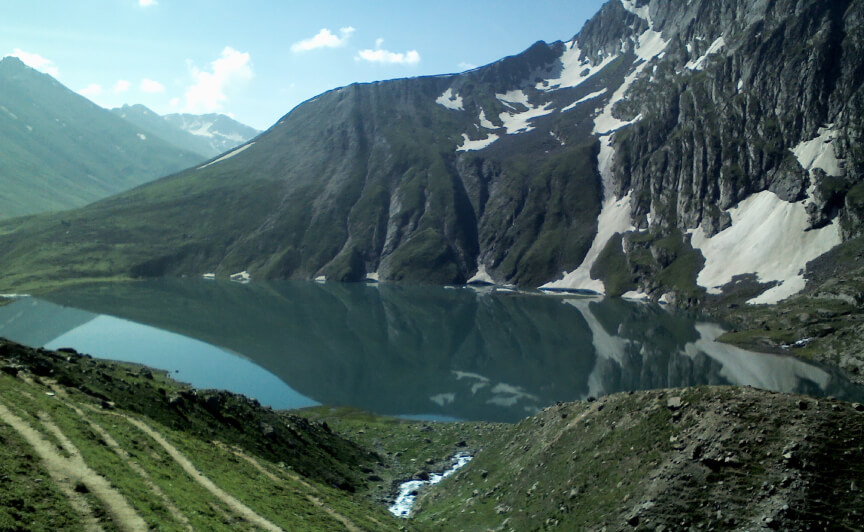Wildlife conservation is vital for protecting endangered species. 3D technology is transforming this field.
Imagine exploring the wild from your living room. 3D technology makes it possible. It brings animals and their habitats to life. This innovative approach helps scientists study wildlife closely. It also raises public awareness. By seeing animals in 3D, people connect more deeply with nature.
This connection drives the push for conservation efforts. 3D models show the beauty and urgency of protecting wildlife. They highlight the threats faced by animals. This technology is a powerful tool in the fight to save our planet’s biodiversity. Join us as we explore how 3D is revolutionizing wildlife conservation.
Introduction To Wildlife Conservation 3d
Wildlife Conservation 3D is revolutionizing how we protect and preserve our planet’s biodiversity. This innovative technology offers an immersive way to understand and engage with wildlife, making conservation efforts more effective and accessible. In this blog post, we’ll delve into the emergence of 3D technology in wildlife conservation and explore its substantial impact on environmental protection.
Emergence Of 3d Technology
3D technology started as a novelty, but its potential in wildlife conservation quickly became evident. Initially popularized in gaming and entertainment, 3D models and simulations now play a crucial role in scientific research and environmental education.
Imagine being able to virtually walk through a rainforest, observe animals in their natural habitats, and understand their behaviors without disturbing them. This is now possible thanks to 3D technology. Organizations use 3D scanning to create detailed models of wildlife and ecosystems, offering an unprecedented level of detail and accuracy.
Wildlife researchers can study these models to monitor health, population dynamics, and habitat conditions. These virtual environments allow for simulations of various scenarios, such as climate change impacts or human encroachment, helping predict future challenges and devise strategies to mitigate them.
Impact On Environmental Protection
The impact of 3D technology on environmental protection is profound. By providing detailed visualizations and interactive experiences, it fosters greater public awareness and engagement.
When you can see the intricate details of an endangered species or the devastating effects of deforestation in 3D, the urgency of conservation becomes more tangible. This technology transforms abstract concepts into compelling visual narratives, making it easier to understand and act upon.
Moreover, 3D technology aids in policy-making. Detailed models of ecosystems help policymakers visualize the consequences of their decisions, leading to more informed and effective conservation strategies.
Consider this: if you could explore a dying coral reef through a 3D simulation, wouldn’t it inspire you to support marine protection efforts? These immersive experiences can drive real change by educating and motivating individuals and communities.
Incorporating 3D technology into wildlife conservation is not just about innovation; it’s about making a significant, tangible difference. What other technological advancements could further enhance our efforts? How can we integrate them into current practices?
Wildlife Conservation 3D offers a new dimension to understanding and protecting our environment. It’s a tool that empowers you to contribute to a sustainable future. Are you ready to dive in?
Technological Advancements
In recent years, technology has significantly boosted wildlife conservation efforts. Advanced tools help scientists and conservationists understand and protect endangered species. These technologies offer new ways to study and preserve wildlife habitats.
3d Mapping And Imaging
3D mapping and imaging provide detailed views of wildlife habitats. These tools capture high-resolution images and create accurate maps. Scientists use these maps to study animal movements and habitat changes. This helps in tracking endangered species and planning conservation strategies.
3D imaging also aids in identifying critical areas needing protection. By visualizing landscapes in three dimensions, researchers can make better decisions. It helps in pinpointing areas where human activities impact wildlife.
Virtual Reality For Conservation
Virtual Reality (VR) offers immersive experiences for wildlife conservation. VR can simulate real-life environments, allowing users to explore habitats. This helps in educating people about wildlife and the importance of conservation.
Conservationists use VR to train field workers in a safe environment. They can practice handling wildlife without disturbing the animals. VR also helps in raising awareness and funds for conservation projects. People can experience the beauty of wildlife and understand the need for protection.
Benefits Of 3d Technology In Conservation
Wildlife conservation is more critical than ever. With habitats shrinking and species disappearing, we need innovative solutions. 3D technology is emerging as a game-changer in this field. It offers various benefits that could revolutionize how we protect our planet’s precious wildlife.
Enhanced Data Collection
3D technology allows for more precise data collection. Traditional methods can be time-consuming and sometimes inaccurate. With 3D scanning, you can capture detailed images of animals and their habitats quickly. This data is not just high-quality; it’s also incredibly detailed. Imagine being able to see the exact contours of an animal’s body or the intricate details of its environment. This level of detail can help scientists make more accurate assessments and create better conservation strategies.
Once, while working on a project, I used a 3D scanner to map a forest area. The scanner picked up details we would have otherwise missed. For instance, it identified microhabitats crucial for some insect species. This kind of data can make all the difference in conservation efforts.
Improved Habitat Monitoring
Monitoring wildlife habitats is no easy task. Traditional surveillance methods can be invasive and disruptive. 3D technology offers a non-intrusive way to monitor these areas. Drones equipped with 3D cameras can fly over large areas, capturing comprehensive data without disturbing the wildlife. This helps in tracking changes in the habitat over time, such as erosion, deforestation, or changes in water levels.
Imagine you’re responsible for protecting a large forest. With 3D technology, you can get an accurate picture of what’s happening on the ground. You’ll see where the forest is thriving and where it’s under threat. This allows you to take timely action to protect vulnerable areas. Have you ever considered how much more effective conservation could be with such precise monitoring?
In one of our projects, we used 3D drones to monitor a wetland area. The data helped us identify areas where water levels were dropping, allowing us to intervene before the ecosystem was irreparably damaged. This kind of proactive approach is only possible with the detailed insights 3D technology provides.
3D technology is not just a tool; it’s a revolution in wildlife conservation. It enhances our ability to collect data and monitor habitats, making conservation efforts more effective and efficient. As we move forward, integrating 3D technology into conservation strategies will be vital. How do you think this technology could change the way we approach conservation in the future?

Credit: news.mongabay.com
Case Studies
When we talk about wildlife conservation, case studies play a crucial role in understanding what works and what doesn’t. They provide real-world examples and actionable insights, offering a glimpse into the challenges and triumphs faced by conservationists worldwide. Let’s dive into some fascinating case studies under the subheadings Success Stories and Challenges Faced.
Success Stories
Success stories in wildlife conservation are not just heartwarming; they offer valuable lessons. One inspiring example comes from the conservation efforts for the Amur Leopard. Once teetering on the brink of extinction with fewer than 30 individuals in the wild, concerted efforts from various organizations have seen their numbers increase to over 100. This recovery was made possible through habitat protection, anti-poaching patrols, and international collaboration.
Another remarkable success is the reintroduction of the Grey Wolf to Yellowstone National Park. This initiative not only restored the wolf population but also rejuvenated the ecosystem. The presence of wolves controlled the overpopulation of elk, which in turn allowed vegetation to recover, benefiting other species. It’s a compelling example of how targeted conservation can have widespread positive effects.
Challenges Faced
Despite these successes, wildlife conservation is fraught with challenges. One significant issue is habitat destruction. Take the case of the Sumatran Tiger. Deforestation for palm oil plantations has drastically reduced their habitat, pushing them to the brink of extinction. Efforts to combat this include promoting sustainable palm oil and enforcing stricter land use policies, but progress is slow.
Illegal wildlife trade is another critical challenge. The plight of the African Elephant is a stark reminder of this issue. Poaching for ivory has decimated their populations. Despite international bans and rigorous enforcement, the high value of ivory continues to fuel illegal activities. Innovative solutions like using technology for real-time tracking of elephants and increasing community engagement in conservation efforts are being explored.
Have you ever wondered what role you can play in these efforts? By supporting organizations that work on the ground, spreading awareness, and making sustainable choices, you can contribute to the solution. Every small action counts.
As you reflect on these case studies, consider the broader implications. What other species are silently slipping towards extinction? How can we replicate successful strategies in different contexts? Your involvement and curiosity can drive change, one step at a time.
Collaboration And Partnerships
Wildlife Conservation 3D thrives on strong collaboration and partnerships. Teams share resources and knowledge to protect endangered species. Working together ensures a better future for wildlife.
Wildlife conservation is a collective effort. No single entity can tackle the vast challenges alone. Collaboration and partnerships are essential for meaningful progress. By working together, governments, NGOs, and communities can make a significant impact. Let’s explore how these partnerships play a vital role in preserving our natural heritage.Government Initiatives
Governments around the world are taking active steps to protect wildlife. They establish national parks, enforce anti-poaching laws, and fund research. In Kenya, for instance, the government has created conservancies where local communities manage wildlife areas. This initiative not only protects animals but also provides jobs and boosts tourism. When you travel to these parks, you can see the direct impact. Rangers patrol the land, ensuring the safety of endangered species. Policies like these are crucial for long-term conservation. Governments also collaborate with international organizations. They sign treaties like the Convention on International Trade in Endangered Species (CITES), which helps control wildlife trade. These agreements foster global cooperation, making it harder for illegal activities to flourish.Ngo Contributions
Non-governmental organizations (NGOs) play a vital role, too. They often act as the bridge between communities and policy-makers. NGOs bring expertise, resources, and innovative solutions. Take the World Wildlife Fund (WWF). They work in over 100 countries, focusing on critical issues like habitat destruction and climate change. Their efforts have led to the creation of protected areas and the restoration of ecosystems. Local NGOs also make a huge difference. In Brazil, the Instituto Terra has restored over 7,000 acres of the Atlantic Forest. This project not only saved countless species but also improved water quality and local agriculture. NGOs often engage in community education. They teach sustainable practices that help people coexist with wildlife. This education is essential for long-term success because it fosters a culture of conservation. Your Role in This Effort You might wonder, what can you do? Supporting these organizations is a great start. Whether through donations, volunteering, or simply spreading the word, your actions matter. Have you ever thought about the impact of your choices? By opting for eco-friendly products, you help reduce the demand for resources that harm wildlife habitats. Final Thoughts Collaboration and partnerships are the backbone of wildlife conservation. Governments set the framework, NGOs provide the expertise, and you, as an individual, can contribute in meaningful ways. What steps will you take to be part of this essential effort? The future of our planet’s biodiversity depends on all of us working together.
Credit: www.dreamstime.com
Future Prospects
Wildlife Conservation 3D is shaping the future of how we protect animals. As technology evolves, new methods become available for conservation efforts. The future holds many exciting possibilities. This article explores some of these prospects.
Innovative Applications
3D technology can create lifelike animal models. These models help in studying animal behavior. Scientists can observe interactions in a controlled environment. This leads to better understanding and protection strategies.
3D printing also aids in creating replicas of animal habitats. These replicas can be used for research and educational purposes. Schools and museums can display them to raise awareness. This helps in spreading the message of conservation.
Potential Barriers
Despite its benefits, Wildlife Conservation 3D faces challenges. High costs can limit access to this technology. Many conservation projects operate with limited funding. This makes it hard to afford advanced tools.
Lack of technical expertise is another barrier. Many organizations may not have trained professionals. This limits the effective use of 3D technology. Training and education are needed to overcome this hurdle.
Data accuracy is also crucial. Incorrect data can lead to wrong conclusions. This can harm conservation efforts. Reliable data collection methods are essential for success.
Role Of Community
Wildlife conservation relies on the active involvement of the community. Local people have a strong connection to their surroundings. They play a vital role in preserving wildlife. This connection helps in creating a sustainable environment. It ensures the survival of various species.
Educational Programs
Educational programs inform people about the importance of wildlife. These programs teach the value of biodiversity. They show how every species has a role in the ecosystem. Schools and community centers often host these programs. They help spread awareness among children and adults.
Interactive sessions make learning fun and engaging. They include activities like field trips and wildlife camps. These experiences create lasting memories. They inspire people to take action. They motivate communities to protect their natural heritage.
Community Engagement
Community engagement drives successful conservation efforts. Local groups can organize clean-up drives. They can participate in tree-planting events. These activities improve the environment. They also bring people together.
Volunteering for wildlife projects boosts community spirit. It gives everyone a sense of responsibility. People feel proud when they see the results of their efforts. Their involvement makes a big difference. It ensures the success of conservation initiatives.

Credit: news.mongabay.com
Frequently Asked Questions
Is Wildlife Conservation Network Legit?
Yes, Wildlife Conservation Network is legit. It is a reputable organization dedicated to protecting endangered species and their habitats.
Is Wildlife Conservation Society Legit?
Yes, the Wildlife Conservation Society is legitimate. It is a respected nonprofit organization dedicated to wildlife conservation and research.
How Can I View 3d Images Of Animals?
Use Google Search on a mobile device. Type the animal name followed by “3D. ” Tap “View in 3D” to see it.
How Is 3d Printing Used In Conservation?
3D printing is used in conservation to create accurate replicas of artifacts. These replicas help preserve original items and facilitate restoration.
Conclusion
Wildlife conservation in 3D offers new ways to protect animals. It brings awareness to the challenges wildlife faces. Technology helps us see and understand these problems better. Everyone can help by learning and sharing information. Small efforts make a big difference.
Supporting these initiatives ensures a better future for wildlife. Let’s act now to preserve our planet’s precious creatures.
{ “@context”: “https://schema.org”, “@type”: “FAQPage”, “mainEntity”: [ { “@type”: “Question”, “name”: “Is wildlife conservation Network legit?”, “acceptedAnswer”: { “@type”: “Answer”, “text”: “Yes, Wildlife Conservation Network is legit. It is a reputable organization dedicated to protecting endangered species and their habitats.” } } , { “@type”: “Question”, “name”: “Is wildlife conservation Society legit?”, “acceptedAnswer”: { “@type”: “Answer”, “text”: “Yes, the Wildlife Conservation Society is legitimate. It is a respected nonprofit organization dedicated to wildlife conservation and research.” } } , { “@type”: “Question”, “name”: “How can I view 3D images of animals?”, “acceptedAnswer”: { “@type”: “Answer”, “text”: “Use Google Search on a mobile device. Type the animal name followed by \”3D.\” Tap \”View in 3D\” to see it.” } } , { “@type”: “Question”, “name”: “How is 3D printing used in conservation?”, “acceptedAnswer”: { “@type”: “Answer”, “text”: “3D printing is used in conservation to create accurate replicas of artifacts. These replicas help preserve original items and facilitate restoration.” } } ] }



